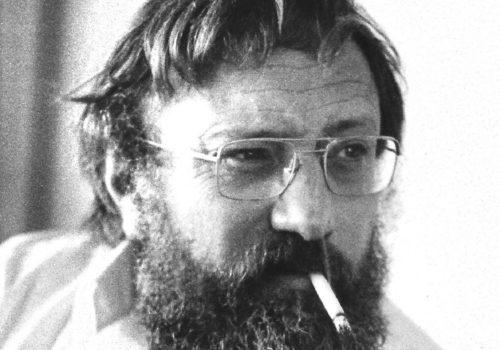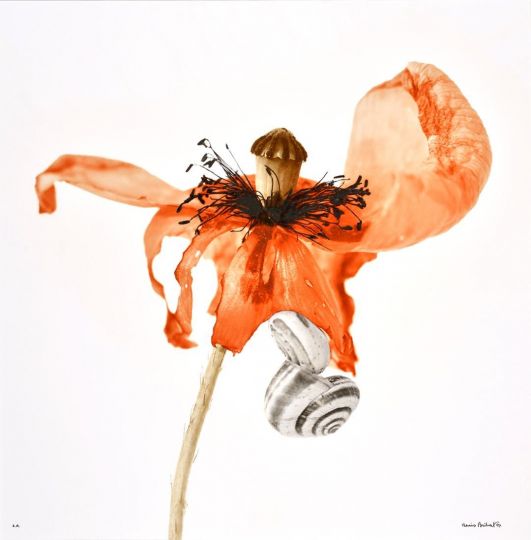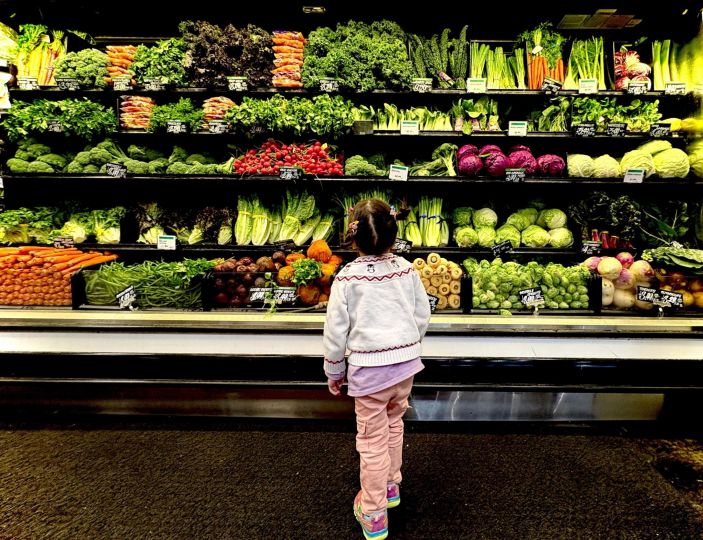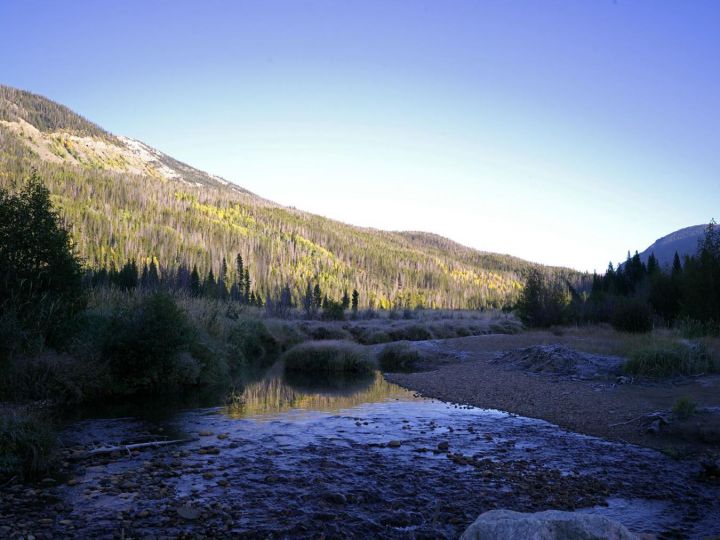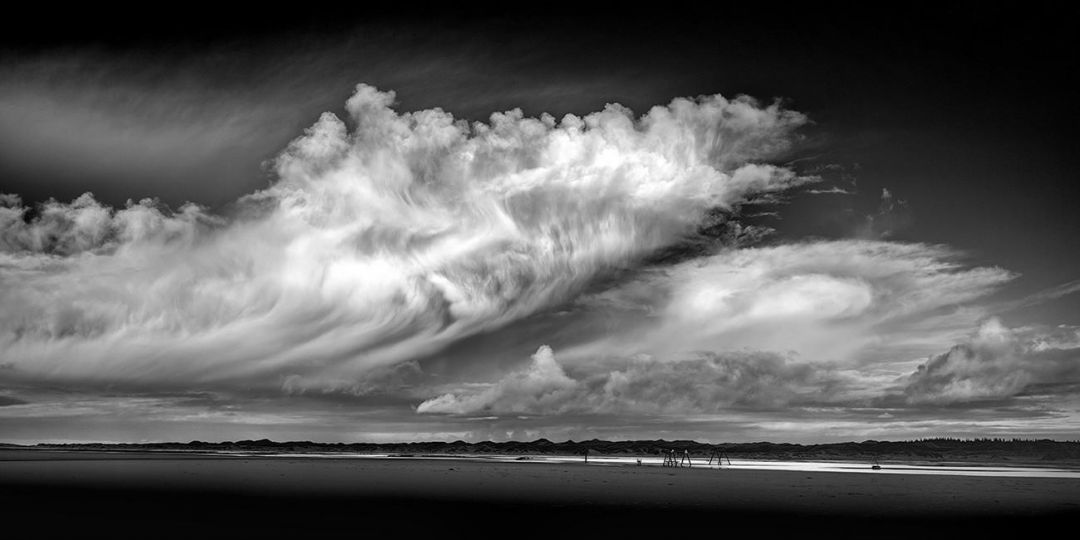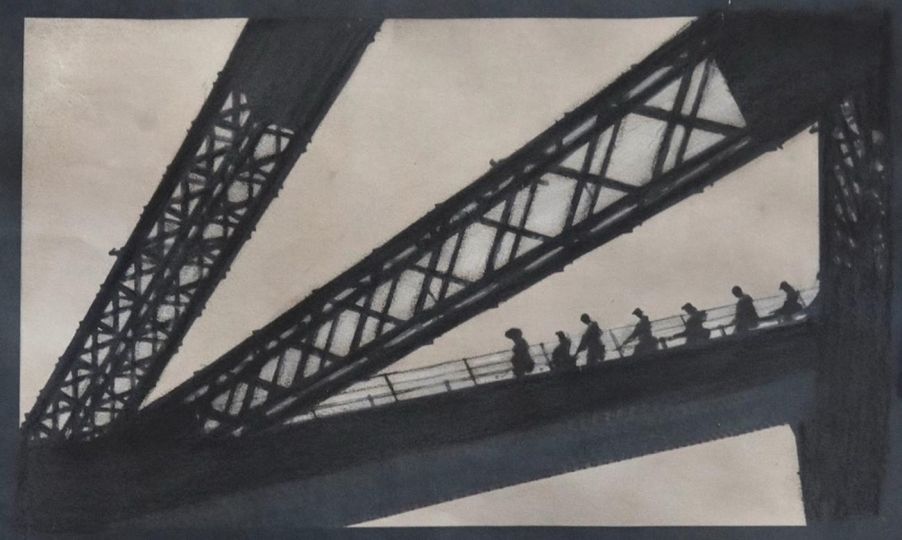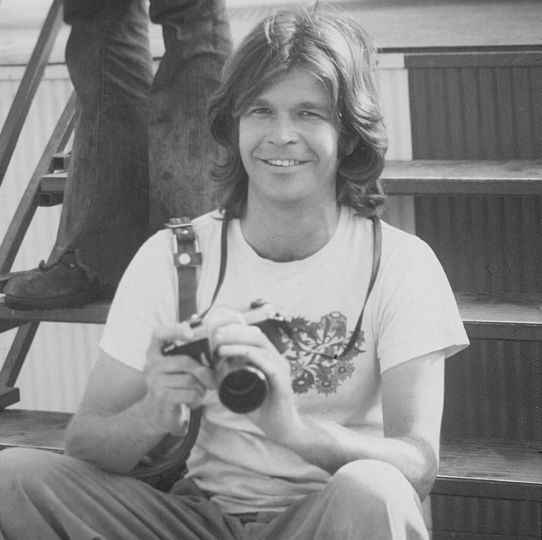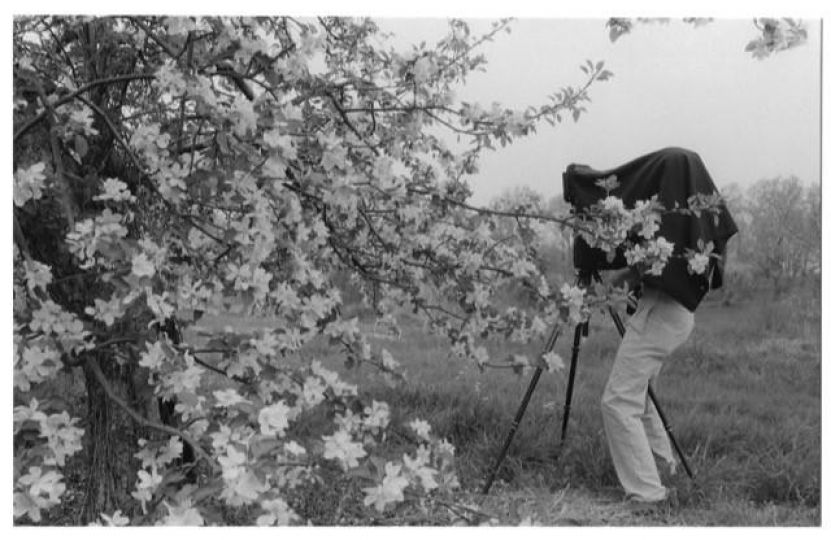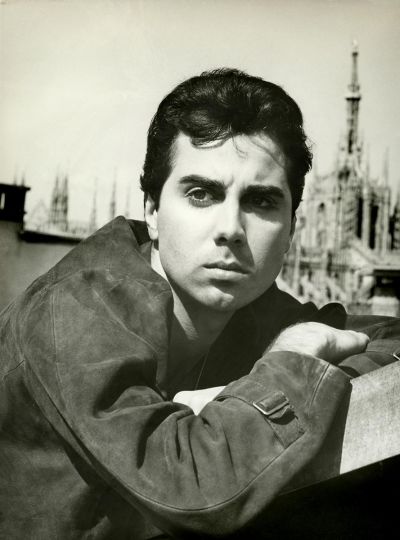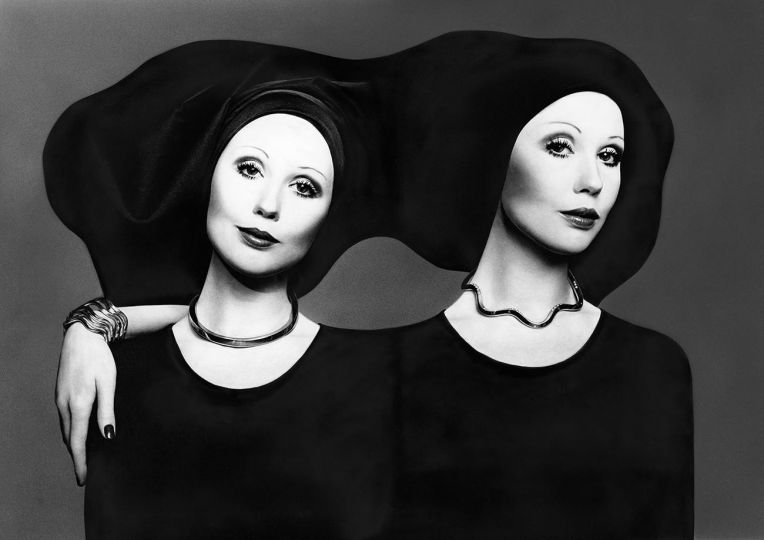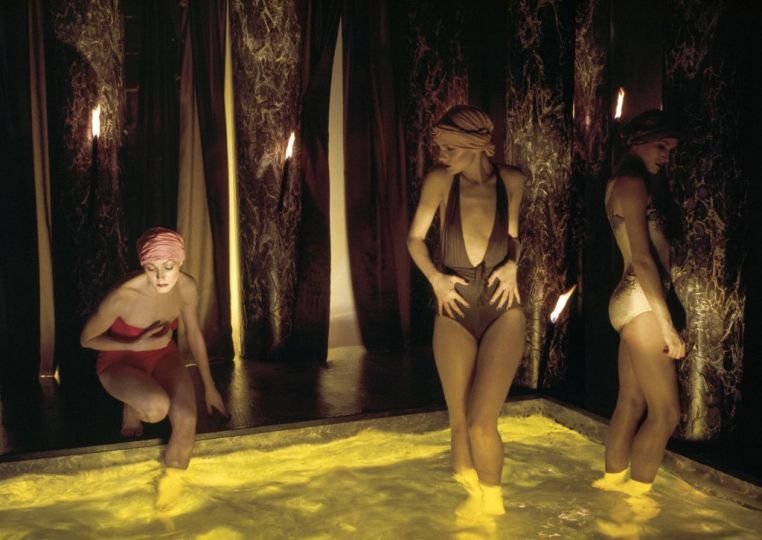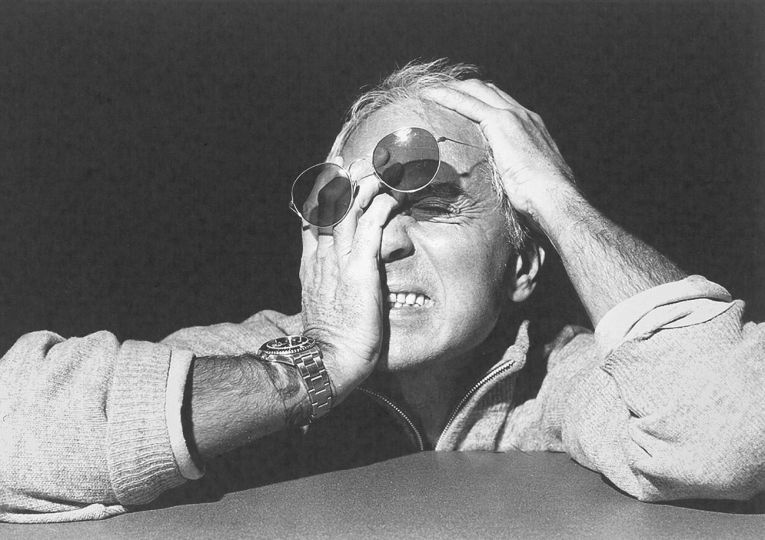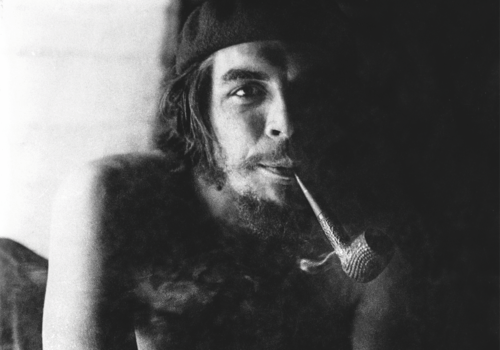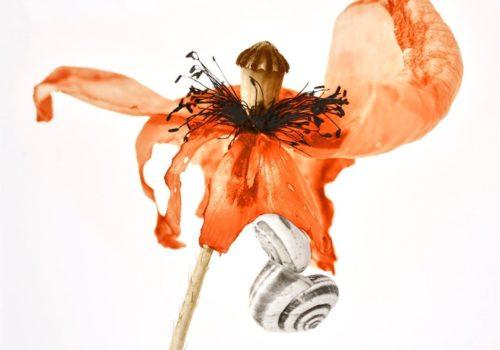Denis Brihat died a month ago. Françoise Denoyelle sent us this text and this image!
Denis Brihat was born in Paris (1928) and, while still a teenager, began taking his first photographs with a Vest Pocket Kodak. He attended the Vaugirard School of photography, which he quickly left, preferring on the job training. The young recruit took his Leica to the regiment and became the official photographer of the 5th DB. Back to civilian life, he became an operator at the Chevojon studio. His knowledge strengthened, he quickly set off. At the end of the war, photography found its feet again. A new generation emerged. The photographer-illustrators, as they were called, worked for all sectors of economic life. Brihat, like them, responded to orders from the worlds of architecture, industry, etc. and published reports and portraits in the press. On the advice of Robert Doisneau, he joined the Rapho agency which sent him to the south. He settled in Biot (1952-1955) where Louis Frédéric asked him to accompany him on a trip. He spent a year in India (1955-1956) and brought back many reports and street photographs and a deep love for this country. On his return, he won the Niépce Prize (1957) and the French Photography Society offered him his first exhibition. But city life and the work of a photographer and illustrator did not suit him.
Brihat then began research and embarked on a sort of retreat on the austere Claparèdes plateau. He reflected on the directions he wanted to give to his life linked to his conception of photography. He settled permanently (1958) in the heart of Provence, in Bonnieux. His portfolio on lemons (1963) would receive a mention at the Nadar Prize. Numerous exhibitions presented his work and important encounters fueled his thinking. He forged solid friendships in the South with Lucien Clergue (Arles), Jean Dieuzaide (Toulouse), Jean-Pierre Sudre (Lacoste in 1973). While photography did not find an institutional echo in France, Brihat attended the Rencontres de Lure until 1967. He met Dieuzaide again in Lurs (1957). he had met at Dieuzaide’s Niépce Prize (1955). At the end of the Compagnons de Lure congress, Dieuzaide returned to Bonnieux and produced a report on Denis Brihat published in December 1959 in Point de vue Images du monde. Sudre and Brihat exhibited together at the Galerie Montaigne in Paris (1962). Brihat attended the openings of the Musée Réattu in Arles, where he also met Clergue. A network took shape.
In 1965, at a time when exhibitions were rare, Brihat exhibited his work at the Musée des Arts Décoratifs in Paris and, in 1966, he participated in an exhibition in Buenos Aires with Frédéric Barzilay, Jean Dieuzaide and Roger Doloy. In 1965, John Szarkowski, Steichen’s successor at MoMA, in the spirit of Life and on the proposal of the artistic directors of international magazines, including Roger Thérond of Paris Match, invited press photography onto the museum’s walls with the exhibition “The Photo Essay”. Two years later, Denis Brihat, Jean-Pierre Sudre and Pierre Cordier were brought together in “A European Experiment” (1967). Photography, widely welcomed in museums in the United States, was neglected by French curators with the exception of Jean-Claude Lemagny of the Bibliothèque nationale. Already well-known, but only in the microcosm of photography, Brihat participated in the program “Chambre noire” by Michel Tournier and Albert Plecy, dedicated to photography. It opened up a wider audience for him (1966 and 1969). In February 1968, the exhibition “L’œil objectif” in Marseille brought together Brihat, Clergue, Doisneau and Sudre. “The four greats of photography” were consecrated by the local press and the region finally recognized them. Brihat organized the Rencontres de Bonnieux (1969-1971), to which he invited Jean Dieuzaide and Jean-Claude Lemagny, but he did not pursue his initiative, which was nevertheless very innovative due to lack of time and availability, as he was focused on his research work and busy with the students he welcomed for a nine-month training course. Sudre encouraged him in this approach.
Brihat contributed greatly to the creation of the Rencontres d’Arles. He exhibited there (1971, 1974, 1979), projected his photographs (1970), and led workshops (1974, 1979, 1983). In 1970, during the first Rencontres de la photographie, Brihat (with Jean-Philippe Charbonnier and Jean-Pierre Sudre), projected and commented on his research work. He already advocated the sale of limited and numbered prints. With a militant spirit, like his colleagues and friends, from Arles, in the festival’s lineage, Brihat, and three other photographers (Charbonnier, Clergue and Sudre), sent a long letter to the President of the Republic, Georges Pompidou. They alerted the public authorities to the lack of recognition of photography and the means to remedy it. The militancy that prevailed in the early years was again evident at the conference on the teaching of photography (1973). Brihat voted for a manifesto motion to once again call on political leaders to take photography into account. Brihat, with Sudre and Dieuzaide, whose work was well-known enough to arouse a desire to receive their advice and opinions for a few days, set up the Arlesian “workshops” (1974). In Bonnieux, Brihat and Sudre organized “Studies and research in photographic art in the Luberon”, an experimental photography course. They provided training for future professionals, an activity that Brihat continued for seven years (1969-1975). His first students included Jean-Marc Bustamante, Serge Gal and Yann Le Goff.
Brihat began his research on color. He experimented with a whole range of metallic shades as well as a process of engraving gelatin by nibbling that he would never stop exploring in search of a poetics of color of which he was the great master. His prints were exhibited in Paris, at the Agathe Gaillard gallery (1977), in France (Nicéphore Niépce museum (1977), Château d’eau gallery (1980) and abroad (Europe and the United States). With Bernard Perrine, he participated in the creation of a photography study cycle at the University of Marseille (1977) where he taught for two years. In the 1980s, he invited Jean Dieuzaide, Hélène and Rachel Théret… to accompany him during week-long courses. But the main focus remained his personal work for which he received the Grand Prix Photographie de la ville de Paris (1987) which ended his activity as a passer. He now devoted himself entirely to his work.
With the installation in Bonnieux, Brihat undertook and developed in constant asceticism cycles devoted to lemons, flowers – poppies, tulips – trees… and later herbs. Onions, in their banality, remained the place of incessant experimentation. “I photographed onions for 50 years.” He exhibited “20 years of onions” at the SFP (1988). His relationship with nature was very tactile. He cultivated his garden, pulled out his onions, grew garlic, watched the trees go through the seasons. He spent long hours in his two laboratories (day and night) to create his “Photographic Tables” and printed the series in limited numbers, designed the framework for his exhibitions in Paris, at the Camera Obscura gallery (2003, 2008, 2012, 2015), at the MEP (2011, group exhibition), at the BNF (2019), in the region at the Dominique Sudre Gallery in Lyon (2010) and abroad (Europe and the United States) which were multiplying. He published Les métamorphose de l’argentique (Le Bec en l’air, 2018) where he returned at length on his work, his methods, his techniques, his “tricks of the trade” and presented a first-rate work, the fruit of 70 years of research.
Denis Brihat has made several donations of his works accompanied by purchases to public institutions. A friend of Jean-Claude Lemagny, he had long-standing ties with the National Library. In 2019, he donated around a hundred prints to the BNF. Another donation is underway with the Médiathèque du Patrimoine et de la Photographie, to which he has already entrusted 90 prints and the reporting work the same year. The donation continues with the MPP. Finally, the Nicéphore Niépce museum received around fifty prints on “Les fleurs des sables”.
A paradoxical personality, Brihat very quickly put himself on the fringes in the 1960s and 1970s by deciding to move away from Paris, choosing art and the sale of signed, numbered works instead of the then dominant reporting for the press. With his friends from the South, he was a man of sharing, an activist for the consideration of photography, a facilitator. His recognition, although acquired from the exhibition at the Arts Décoratifs and the MoMA, took a long time to gain momentum. But the man held on against all odds, the artist walked between his failures and his successes, the aesthete built a body of work.
Denis Brihat, was a photographer whose eye sublimated the twigs of life in his garden, that is to say the essential.
Thank you for so much beauty.
Françoise Denoyelle
Michele Schoonjans Gallery presents an exhibition of Denis Brihat’s works, which will take place in their Brussels gallery from January 12 to March 1, 2025.
On Sunday, February 9, 2025, Solange Brihat will be in Brussels for the Photo Brussels Festival (23.01>23.02.2025).
Michele Schoonjans Gallery
Rivoli Building
Chaussée de Waterloo 690 /25
B – 1180 Brussels
T.+32 478 716 296
www.micheleschoonjansgallery.be

